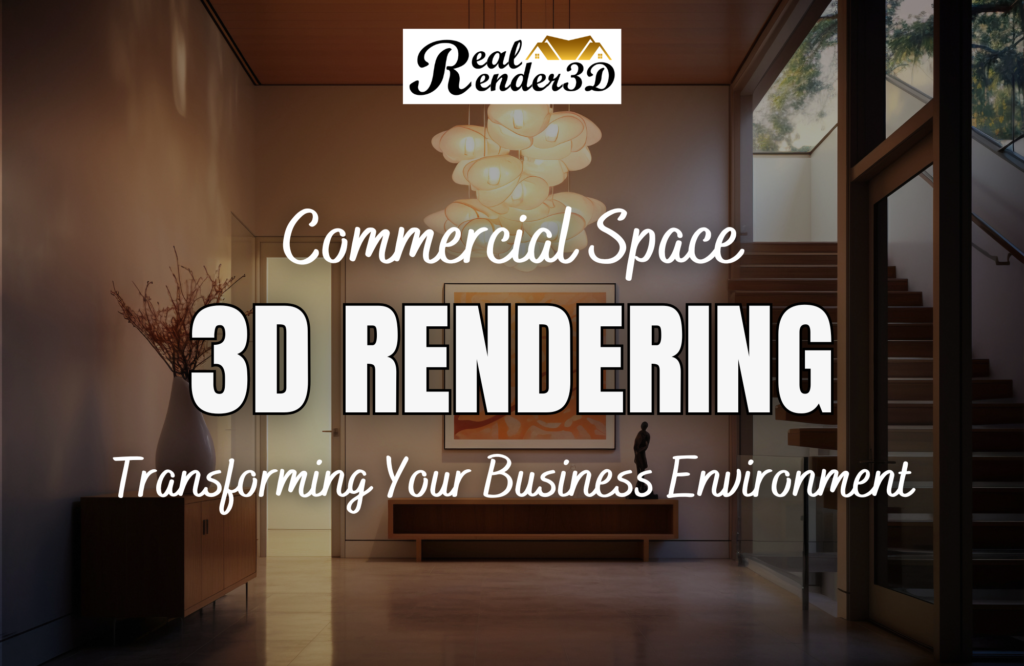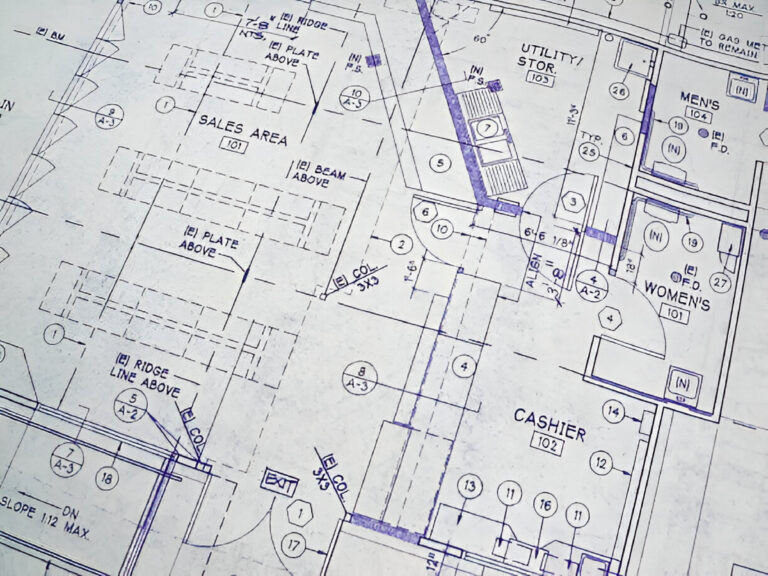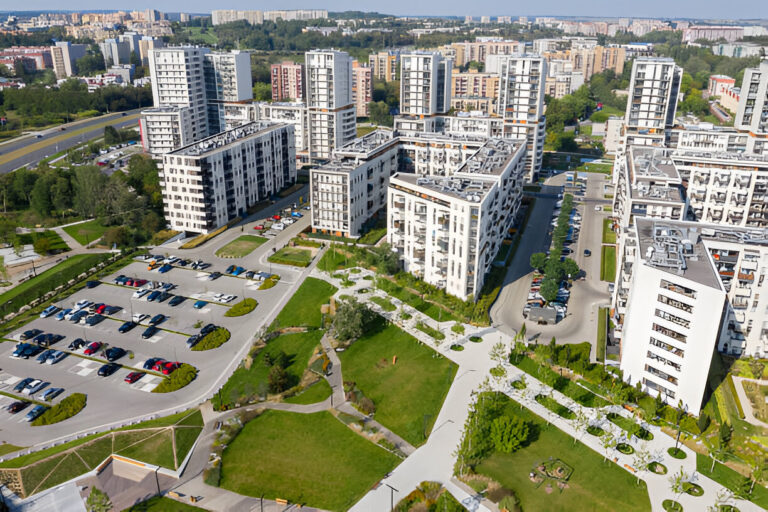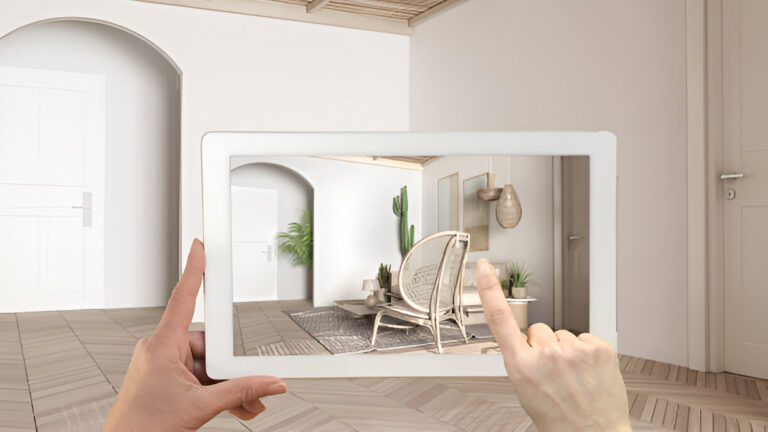Introduction
The adoption of 3D rendering services in commercial design is revolutionizing how businesses conceptualise, develop, and market their properties. From dynamic retail environments to functional office spaces, 3D visualisation technologies offer a transformative approach that enhances both the design process and stakeholder engagement. Let’s explore the multifaceted benefits and applications of these technologies in today’s business landscape.
The Basics of Commercial Space 3D Rendering

3D rendering transforms ideas into visual realities using sophisticated software, allowing stakeholders to see a commercial space before it’s built. This capability is crucial in making informed decisions about design and construction, ensuring that every element aligns with the intended aesthetic and functional goals. Services like 3D architectural visualisation play a vital role in this process, providing a foundation for successful project outcomes.
Enhancing Design Accuracy with 3D Rendering
One of the standout benefits of 3D rendering is the significant improvement in design accuracy it offers. Through 3D visualisation, designers can perfect layouts, optimise lighting, and select appropriate materials in a virtual environment. This process minimises errors and facilitates a more efficient, cost-effective approach to design, allowing changes to be made digitally before any physical work starts.
Impact on Client Engagement & Communication

Clear and effective communication with clients is facilitated by 3D architectural renders, which provide realistic previews of finished projects. These visual tools help bridge the gap between complex architectural concepts and clients’ understanding, enhancing stakeholder engagement and speeding up approval processes. By presenting interactive and detailed visuals, clients can better appreciate the scope and detail of a project, leading to quicker consensus and project commencement.
Technological Integration in 3D Rendering
Incorporating advanced technologies like Virtual Reality (VR) and Augmented Reality (AR) takes 3D visualisation to the next level. These tools allow clients to experience a space virtually, providing a more immersive understanding of the potential commercial environment. This depth of interaction goes beyond traditional 3D models and renders, offering a compelling glimpse into the future of commercial space through property CGI and immersive walkthroughs.
Marketing Advantages of 3D Commercial Renderings
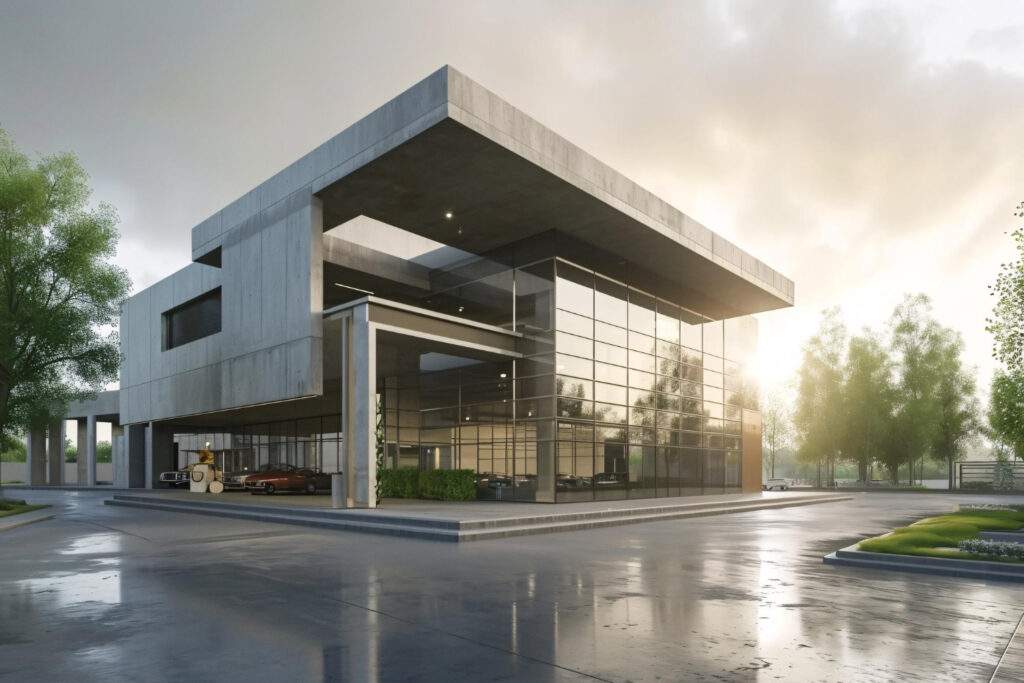
When it comes to marketing, 3D renders provide an invaluable tool. They not only enhance online and print marketing materials but also serve as powerful aids during investor pitches and client meetings. By showcasing a property in its best light, businesses can attract more interest and close deals faster, demonstrating the practical utility and aesthetic appeal of their spaces through high-quality CGI images.
Operational Benefits & Efficiency Gains
3D rendering streamlines various operational processes within the construction and design industries. By using 3D floor plans, project managers can anticipate and address potential issues in the layout and design phases, reducing the likelihood of costly post-construction modifications. This proactive approach ensures that projects adhere to timelines and budgets more closely, enhancing overall operational efficiency.
Challenges in Implementing 3D Visualization

Despite its numerous advantages, the integration of 3D rendering into traditional business operations can pose challenges, including the need for significant initial investment in technology and training. However, the strategic implementation of these technologies typically results in substantial long-term savings and enhanced project outcomes, outweighing the initial setup costs.
Future Directions in Commercial Space Design
The future of commercial design with 3D visualisation promises even greater integration of digital technologies. Emerging tools and ongoing advancements in software are expected to make 3D rendering even more efficient and detailed. As businesses continue to recognise the value of these technologies, their use will become more prevalent, driving innovation and transformation across the industry.
Conclusion
3D rendering services are reshaping the landscape of commercial space design, offering unprecedented benefits in terms of design accuracy, client engagement, and marketing effectiveness. As the technology continues to evolve, its impact on the industry will only grow, reinforcing its role as an essential tool for modern business environments. Check out Choosing the Right 3D Architectural Visualization Services for Your Project for more information.
Frequently Asked Questions
1. How does 3D rendering improve design accuracy and efficiency?
Designers can perfect layouts, optimize lighting, and select materials virtually, minimizing errors and costly physical modifications. This ensures adherence to timelines and budgets.
2. In what ways can 3D rendering enhance client engagement and communication?
Realistic previews through 3D renders, VR, and AR bridge the gap between complex designs and client understanding, leading to quicker approvals and consensus.
3. What emerging technologies are being integrated with 3D rendering?
Virtual Reality (VR) and Augmented Reality (AR) provide immersive experiences, allowing clients to virtually walk through and experience the proposed commercial space.
4. How can 3D renders be leveraged for marketing?
High-quality 3D renders showcase properties in their best light, attracting more interest, demonstrating appeal, and closing deals faster.
5. What operational benefits does 3D rendering offer?
Using 3D floor plans and house plans, potential issues can be identified and addressed early, reducing post-construction modifications and enhancing efficiency.
6. What challenges may arise when implementing 3D visualization?
Initial investment in technology and training is a challenge, but long-term savings and improved outcomes typically outweigh setup costs.
7. How will advancements in 3D rendering shape commercial space design?
Ongoing technological advancements will make 3D rendering more efficient and detailed, driving innovation and becoming an essential tool in commercial space design.
